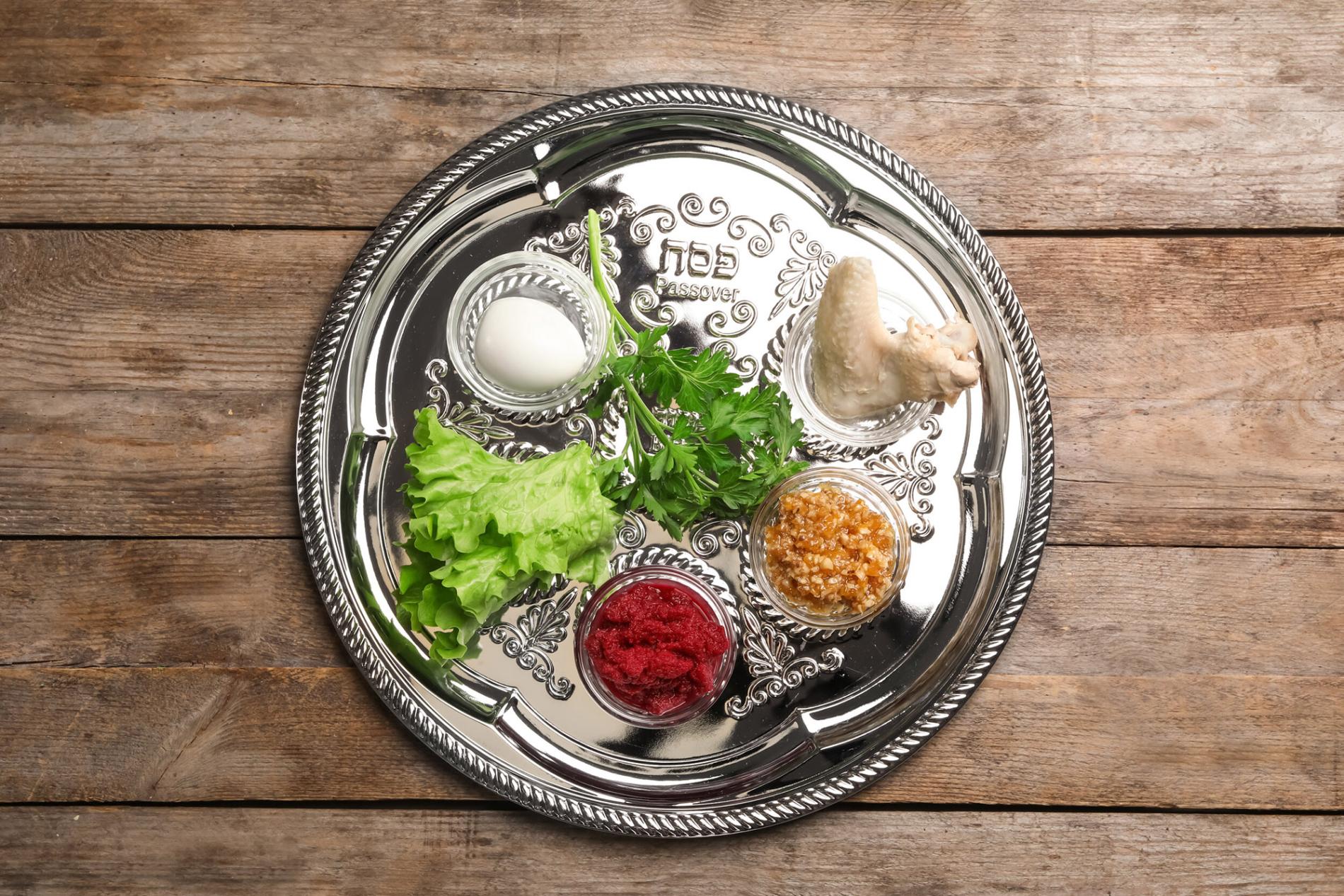
Passover is the most important of all biblical Jewish holidays, commemorating the Exodus – God’s miraculous rescue of the Israelites from slavery in Egypt.
This year, Passover starts on the evening of Friday, April 19, and ends on the evening of Saturday, April 27.
Passover – Pesach in Hebrew – has always been seen by Jewish people as the ultimate act of God’s redemption and an affirmation of their status as His chosen people. That’s why, throughout the Hebrew Bible, God’s people are frequently reminded of the events surrounding Passover. Of how God “. . . brought you up from the land of Egypt, and redeemed you from the house of bondage . . .” (Micah 6:4).
Yeshua celebrated the traditional Passover with His disciples in the upper room before His death, adding additional meaning to the Seder meal as the story of spiritual exodus out of sin and death.
This event that is now called the “Last Supper” was a true Seder meal, commanded in Scripture, according to the context of the time when Yeshua lived. I believe Yeshua chose to celebrate this with His disciples a day early, since He was to become a sacrifice the next day – not coincidentally, at the same time and same hour as all the other Passover lambs.
If we call it “the Last Supper,” this separates it from what it was – the sacred biblical event that Yeshua was celebrating as well as the sacred foreshadowing of what was to come.
Passover is the watershed event in all Jewish history. And Yeshua celebrated His Last Passover the night before becoming our sacrificial Passover Lamb. As followers of Yeshua ( Jesus), we now know that the great delivery of the Exodus was a foreshadowing of God’s ultimate plan of redemption. And this redemption was the greatest event in the history of the world.
It is essential that, within the Seder meal, we tell the great story of the Exodus:
God’s chosen people lived in great favor in Goshen for many years. A successive pharaoh, however, did not remember Joseph and the story of how he saved Egypt from a great famine. This new Pharaoh was a very cruel dictator, a kind of anti-Christ, who was afraid of the Jewish people because of their growing numbers. So he enslaved them. They remained slaves for 400-450 years, in what became one of the most bitter moments in Jewish history.
This tyrant additionally demanded that all male Jewish babies be put to death. But Moses was hidden when he was a baby, and he was miraculously rescued by Pharaoh’s daughter and raised in privilege in that very Pharaoh’s house.
Seeing Yeshua in the Passover Seder
In Exodus 12, we see that on the 10th day of the first month of the year, each man is to take a lamb for his household. It is to be a one-year-old lamb without defect. The lamb is cared for in the home until the 15th day.
This is the story of the Messiah – an incredible foreshadow of what Yeshua would do for us – detailed by God more than 1,000 years before Jesus is born.
It specifies that:
- The blood must be applied to the doorpost
- The lamb must be without defect and within the prime of life
- Every household needs a lamb
Without the blood of the lamb, there is no relief from the Angel of Death. Blood is the only thing that saves. God told the Israelites that the Angel of Death would pass over “when I see the blood….” It wasn’t about being Jewish or Egyptian – or part of any specific group.
This is the Gospel message, my friend. And now it is the Angel of Eternal Death who sees the blood of Yeshua on the doorpost of our hearts. And that enables us to know safety, peace and rest – while havoc is all around us.
How the Passover Seder has Evolved
In Yeshua’s day, it was a very simple celebration. The traditional meal included only three foods and four cups of wine. The three foods were:
- Matzah – unleavened bread, baked without yeast because they left in haste
- Bitter Herbs – so they would never forget that they were slaves in Egypt
- Roasted Lamb – because roasting represents judgment. They were to eat all of it and leave nothing until morning
On today’s Seder Plate, the Matzah is still included but is unlikely to be home baked. The Bitter Herbs are generally ground horseradish or romaine lettuce (sometimes endive). But you’ll see additional items that have been added to the Seder Plate, including:
- A roasted egg – a reminder of the destroyed Temple and that sacrifices have ceased
- Parsley – a symbol of new life
- A mixture of apples, pears, nuts and wine – a sweet dish, but it represents the mortar and brick made by the Jewish people when they toiled for Pharaoh
- A lamb shank – representing the sacrificed lamb (it appears on the Seder plate, although today, chicken is more commonly served as the meat portion of the meal)
The purpose of Passover is to retell the Exodus story – and it also tells the story of Yeshua. It is a joyous celebration. It includes the four cups of wine, each with its own meaning.
The most important is the third cup – the cup of redemption. This is the cup that Yeshua raised when he said, “This is the cup that now is my blood…” It was a foreshadow of the blood He shed a few hours later for our redemption.
I encourage you – as a Believer in Yeshua – to learn about Passover and understand the Jewish roots of your faith. It will enrich your faith.
Get the Fall Feasts Infographic
Discover the meaning and wonder of Rosh Hashanah, Yom Kippur, and Sukkot with this specially designed infographic.






